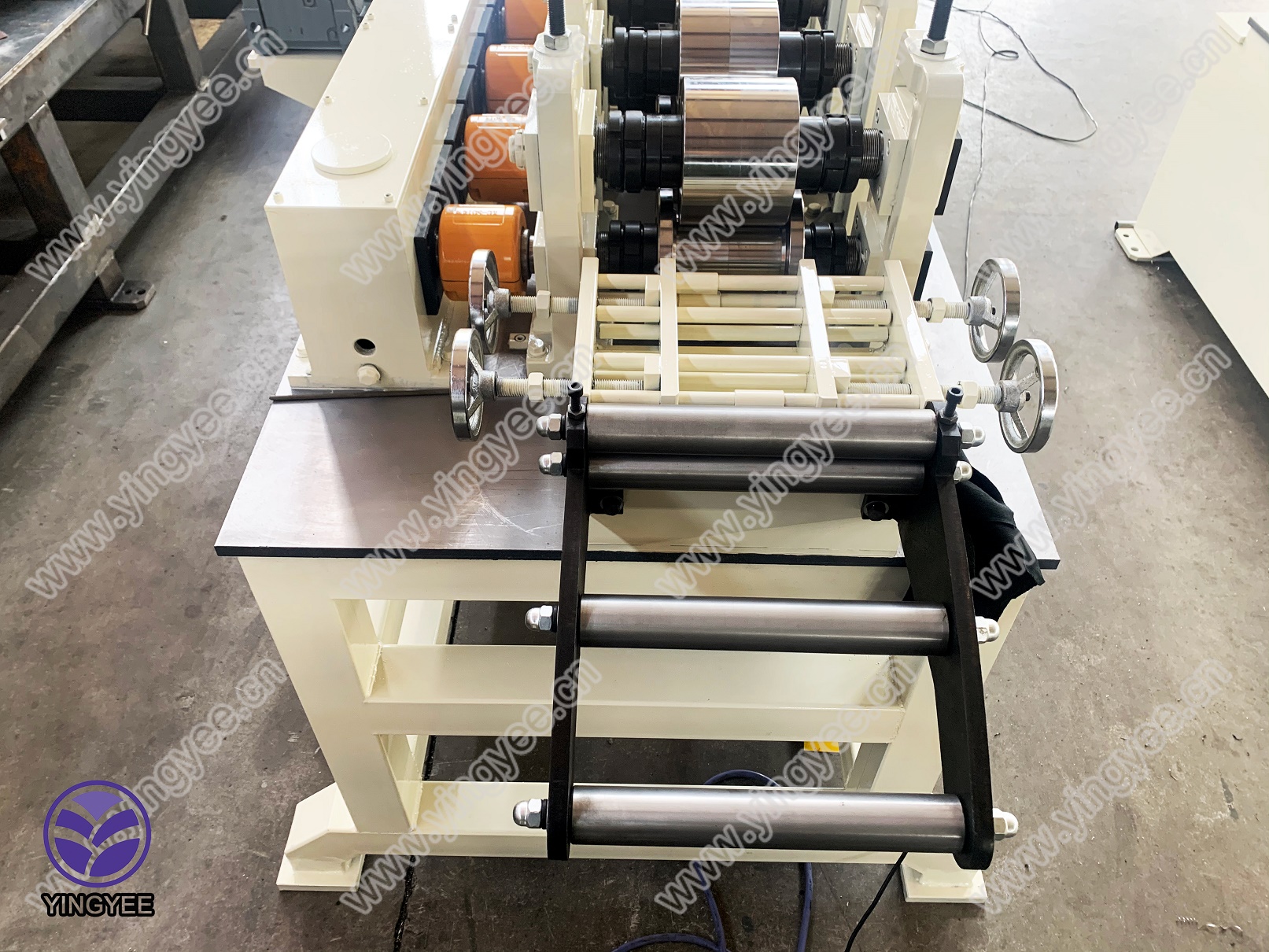
Understanding the Price Dynamics of PPGI Coils
PPGI, or Pre-Painted Galvanized Iron, coils are essential materials in various industries, especially in construction and manufacturing. These coils are produced by coating steel sheets with a layer of zinc and then painting them before they are formed into coils. This process not only increases the durability of the steel but also provides an aesthetic appeal due to the variety of colors available. Understanding the price dynamics of PPGI coils is crucial for buyers, manufacturers, and stakeholders in the industry.
Factors Influencing PPGI Coil Prices
1. Raw Material Costs The price of PPGI coils is significantly influenced by the cost of raw materials, particularly steel and zinc. Fluctuations in the global steel market—affected by supply chain issues, tariffs, and production rates—can lead to variations in PPGI prices. Additionally, the prices of zinc, which provides corrosion resistance to the coils, can also impact overall costs.
2. Demand and Supply The balance of demand and supply in the market plays a critical role in pricing. In periods of high demand, such as during construction booms or infrastructure projects, prices tend to rise. Conversely, if the market is saturated with excess supply, prices may drop. Seasonal trends can also affect demand, with specific times of the year seeing higher activity in the construction industry.
3. Geopolitical Factors Political stability and trade policies in major producing countries can impact the pricing of PPGI coils. For instance, if a country that is a significant player in the PPGI market faces political unrest, it could lead to supply disruptions, thereby affecting prices globally. Tariffs and trade agreements can also alter the cost landscape for PPGI coils.
4. Manufacturing Costs The cost of production, which includes labor, energy, and technology, also affects the price of PPGI coils. Advances in manufacturing efficiency can reduce production costs, potentially leading to lower prices for consumers. On the other hand, rising labor costs or energy prices can increase manufacturing expenses, pushing prices higher.
5. Technological Advancements Innovations in coating processes and raw material treatments can enhance the quality of PPGI coils, but they may also lead to increases in pricing. High-quality PPGI coils that offer better longevity and aesthetic qualities might command a premium price in the market.

Market Trends
Recent market trends indicate a growing interest in sustainable and environmentally friendly production processes. Manufacturers are increasingly investing in green technologies to reduce their carbon footprint. This shift can lead to higher production costs initially, but consumers are often willing to pay a premium for products that are marketed as sustainable.
Additionally, with the construction sector focusing more on energy-efficient materials, the demand for high-quality PPGI coils is expected to rise. As manufacturers adapt to these market demands, prices may reflect the enhanced quality and sustainability of the products.
Global Market Outlook
Looking ahead, the global market for PPGI coils is expected to grow steadily, driven by urbanization and increasing infrastructural development, particularly in emerging economies. However, the market is likely to remain sensitive to external factors such as global supply chain disruptions, changes in import/export regulations, and fluctuating material costs.
As stakeholders navigate this complex landscape, keeping an eye on market indicators and emerging trends will be essential for making informed decisions regarding PPGI coil procurement.
Conclusion
Understanding the price dynamics of PPGI coils requires a multifaceted approach that considers various influencing factors. From raw material costs to geopolitical stability, each aspect plays a crucial role in determining pricing. As the market evolves, staying informed about trends and fluctuations will be vital for anyone involved in the PPGI coil industry. Whether you are a buyer, a manufacturer, or an investor, having a grasp of these dynamics can lead to better decision-making and strategic planning in the ever-changing construction and manufacturing landscape.